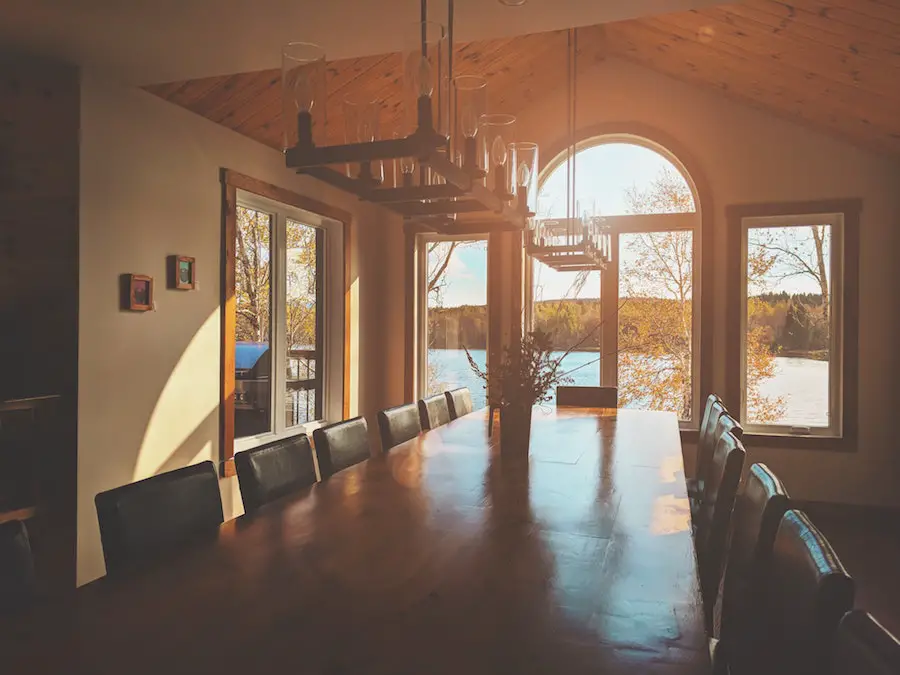
Of all the dangerous problems that can befall a home, dry rot might just be the worst offender.
With just a hint of moisture, you have a recipe for a wood-eating fungus that can feast upon the walls of your beloved abode. Dry rot may not seem like a huge deal, but it can quickly snowball into rot that can take down an entire section of the home. Not exactly ideal if you’re still paying off a mortgage or enjoying your life.

When dry rot happens, what can be done? More importantly, who foots the bill for dry rot? Most of us would like to turn to our homeowners insurance to file a claim, but insurers don’t make the process simple. Let’s explore whether or not the homeowners insurance will cover a dry rot claim.
First, let’s start with the basics.
What is Dry Rot?
As the name implies, dry rot is a gradual deterioration of timber caused by wood-eating fungi that corrode the vigor and rigidity of the timber. Once known as ‘brown rot,’ the fungi can cause devastation to pretty much any home, old or new, given that the right conditions are present. Generally, dry rot flourishes in muggy rooms of the home such as basements, attics, laundry rooms, or behind refrigerators. It lives for those dim moist areas you can’t always see. All dry rot fungi need to prosper are a bit of timber or paper and a moisture source. Even a simple leak can lead to damaging dry rot.
What Does Dry Rot Look Like?
Before you can contact your insurance company, you need to get familiar with what dry rot looks like. Not every unusual piece of wood is a victim of rot. The timber touched by dry rot looks very dark in presentation and can seem quite crumbly. Often, there will be cube-like fissures ripped deep into the wood itself. The wood becomes very frail and can even decompose into dust. Decay can vary in severity. Bad cases of disintegration can cause structural collapse. Localized decay can be mediated more easily.
When Will Homeowners Insurance Cover Dry Rot?
If you know you have dry rot, you’ll want to investigate your homeowners insurance coverage. Generally, coverage depends largely on what caused the dry rot in the first place. Most of the time, when dry rot is covered, the dry rot wasn’t the direct problem itself, but rather a product of a more apparent issue. For example, a burst pipe or a leaking roof.
In the event that the dry rot is caused by a home problem, you are already insured for, you won’t need to worry about dry rot itself being covered. Your homeowners will cover the issue you are already insured to while mediating the dry rot.
As soon as you know about dry rot, kill the fungi and report to insurance as soon as you can. You don’t want to be accused of negligence. Whenever a dry rot claim is denied, it typically has to do with negligence on the part of the homeowner. If dry rot was caused by something out of your hands, you will likely be covered.
If insurance deems your dry rot as a preventable issue, you will not be covered. You’ll also want to prove that you perform routine maintenance on your home and are always eliminating the risk of dry rot. Since dry rot repairs can be quite costly, it is best to explore every avenue of homeowners insurance that you can.
Will Homeowners Insurance Cover Rotted Windows?
What about rotted windows? Given that windows are often exposed to more moisture than other areas of the home, those with wooden frames are prone to rot. Will homeowners cover rotted windows in the same vein as dry rot? Well, the answer is foggy. It truly depends on a few factors, including:
- The age of the window
- The cause of the rot
- When the damage was first noticed
- Any coincident circumstance
If your window is rotting due to age or humidity issues, homeowners insurance is not likely to cover your rotted window. If the window is rotting due to covered damages, such as a burst pipe or a leaky roof, you may be able to file your claim with the insurance company. Whenever you notice that your window is rotting, call an agent and promptly file a claim. If you wait too long, it could be considered negligence and your claim will be denied.

